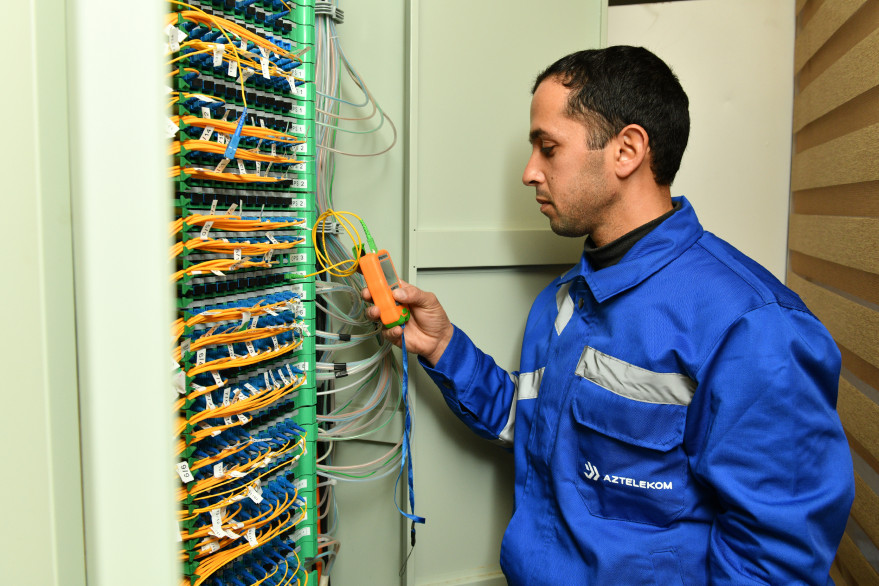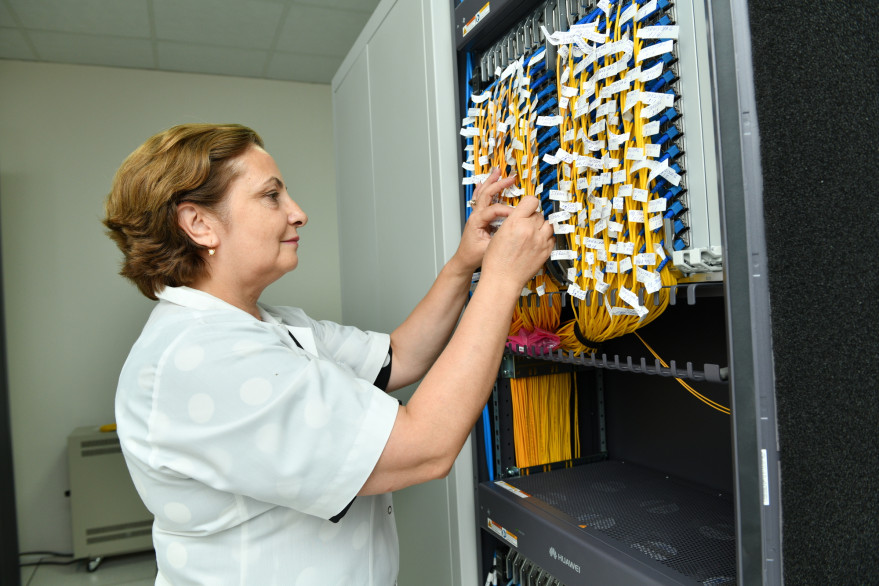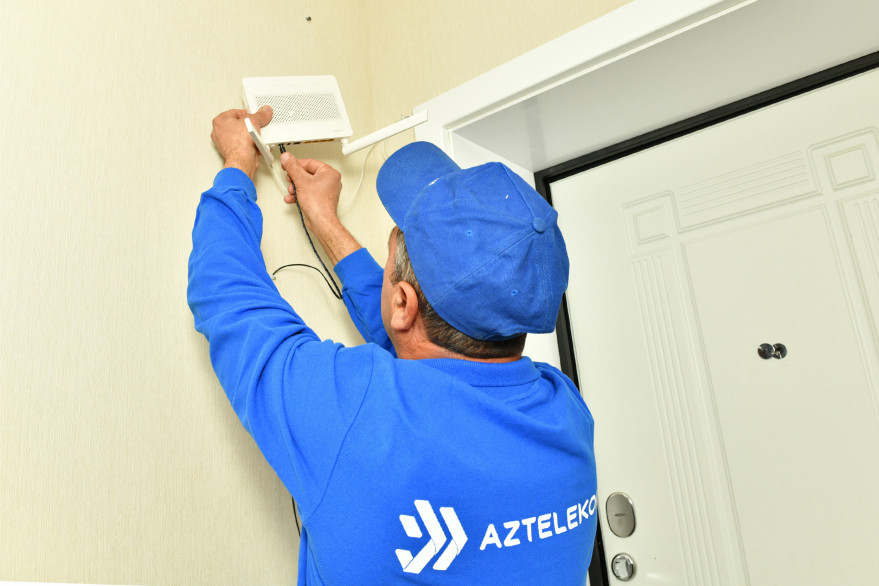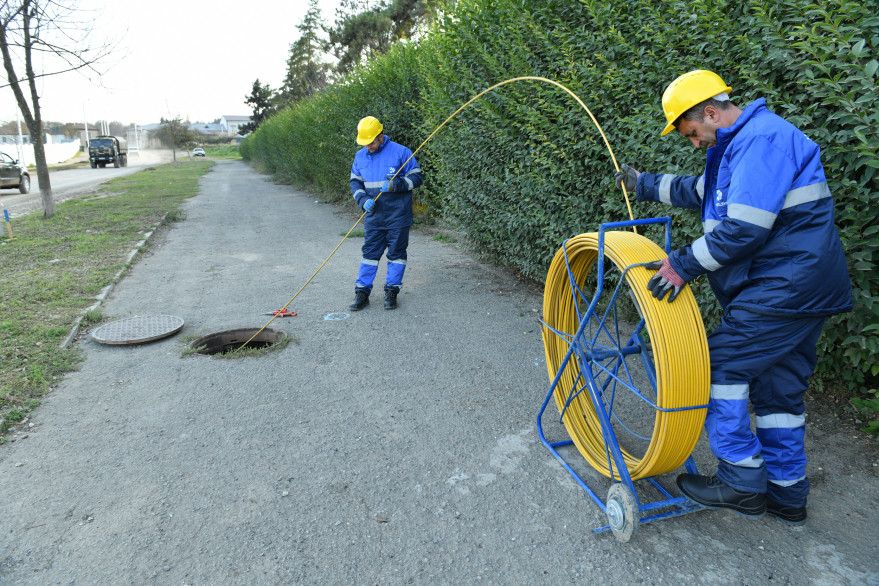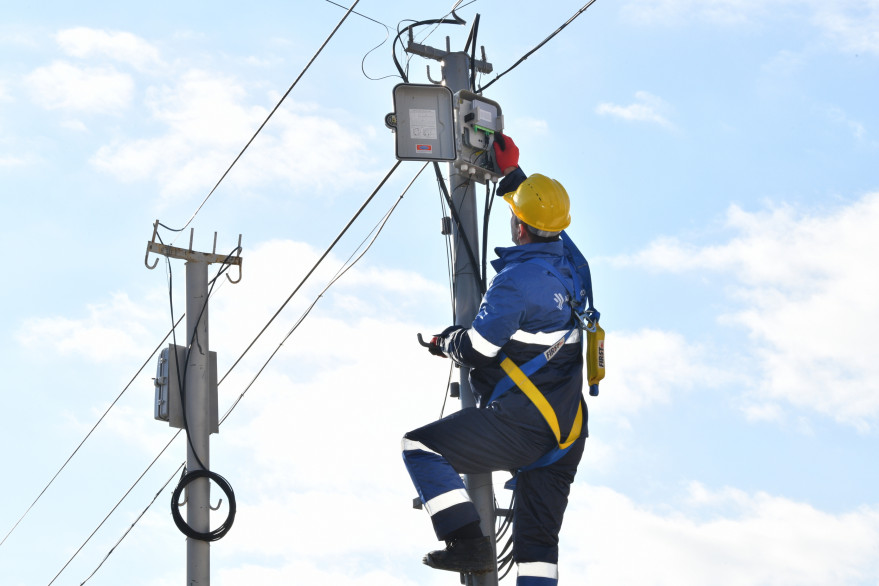Azerbaijan’s digital development path – ARTICLE
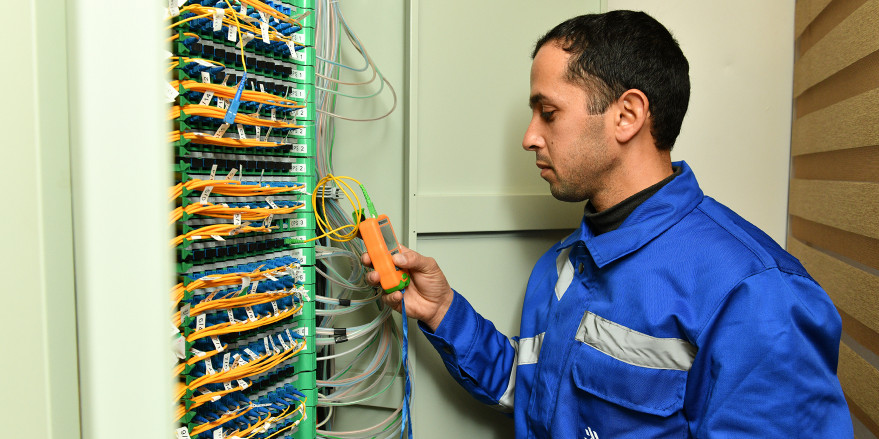
The telecommunications sector is one of the most dynamically developing industries in the world. Over the past 20 years, intensive work and various large-scale projects have been carried out in our country to meet the population’s demand for the Internet and eliminate the digital divide between Azerbaijan and progressive societies with the application of the state-of-the-art technologies.
Implementation of infrastructure solutions
Digitalization is a rapidly evolving process in our modern era that affects national economies and societies in one way or another. Based on the experience of advanced countries, we can say that the process of digitalization has a positive impact on the economy and people’s well-being by creating new jobs, improving the quality of life, increasing productivity, ensuring transparency, and promoting small and medium-sized enterprises.
But the goal cannot be achieved without sustainable infrastructure. Sustainable infrastructure plays an important role in bridging the digital divide. Let’s take a look back at history.
Telephony services SIP (Session Initiation Protocol), a session establishment protocol that supports voice calls, video conferencing, instant messaging and multimedia distribution was first introduced in 2018. Currently, subscriber migration continues in parallel with infrastructure projects. In 2006–2020, NGN (Next Generation Networks) – new generation network equipment – was put into operation. These types of devices offer users unlimited access to a variety of service providers. It supports universal mobility that will provide consistent and ubiquitous services to users. In the same period, DSLAM (Digital Subscriber Line Access Multiplexer) equipment was put into operation to provide telecommunications services (Internet services) via digital subscriber line. In 2006, ADSL (Asymmetric Digital Subscriber Line) and VDSL (Very High-Speed Digital Subscriber Line) technologies were introduced in our country for the first time. Thus, the transmission of information for Internet users in Azerbaijan began to be carried out through an ordinary analogue telephone line (copper cable), a subscriber device – ADSL modem and a DSL Access Multiplexer (DSLAM) installed directly on the subscriber line in the Automatic Telephone Exchange (ATE). As a result, DSLAM connected DSL (Digital Subscriber Line) subscriber lines into a single high-speed backbone network regardless of the limitations of the telephone network.
In 2018, as part of the transport network system upgrade project (carrier transmission equipment), DWDM (Dense Wavelength Division Multiplexing) channel compression equipment – wavelength division multiplexing technology – was introduced. The technology of fast packet switching in multi-protocol label switching – MPLS (Multiprotocol Label Switching) was implemented. According to the plan, the main part of the project was completed in 2023. Currently, along with the creation of transit corridors, network expansion and updating of the relevant software is underway.
In 2019, within the framework of the project for upgrading the switching network systems of Aztelecom LLC, a new technology operating in multiple access networks managed on the basis of the Internet protocol IMS (IP Multimedia Subsystem) and having the function of voice traffic exchange management was implemented. As a result of applying this technology, the switching network systems become fully geographically redundant and alternative. Completion and full migration of the process will be finalized in 2025.
Starting from 2022, intensive work is underway to continue the construction of new trunk cables to provide alternatives to the backbone fibre-optic transport network of Aztelecom LLC. This project is also expected to be completed in 2025.
Proper assessment of opportunities
Azerbaijan’s advantageous geographical location and human potential, as well as the state programs, decrees and orders adopted in recent years, create favorable conditions for this. The decisions taken have enabled the highest level of benefits from important natural advantages.
Azerbaijan’s location in a strategically important geopolitical space – at the crossroads of very important international transport and communication corridors stretching from East to West and from North to South – has increased the role of our country in terms of digital transit. Since 2023, our country has become the main component of the North–South and West digital transit corridors. The project, which provides for planned expansion of the existing DWDM/IP-MPLS network of Aztelecom LLC and updating of the relevant software, operation of the function of transporting international Internet traffic through the main systems of the fibre-optic transport network, will be completed in 2024.
Future technologies will become more accessible
The Online Azerbaijan project has been implemented by the Ministry of Digital Development and Transport since 2021 to facilitate access to high-speed internet for the population and organizations in the most remote settlements of the country, as well as to simplify its use. The project involves replacing existing ADSL equipment with GPON (Gigabit Passive Optical Network) equipment operating on a modern IMS platform, replacing old copper backbone cable infrastructure with optical cables and building an optical distribution network.
This technology significantly improves the quality of the Internet and makes it possible to provide additional services, including IPTV. GPON technology, considered to be the latest trend in optical cable technology, technically enables high-speed internet at speeds of up to 1 Gbit/s. This optical technology is resistant to natural deformations and delivers information (signal) to the address as quickly as possible.
The project will provide the entire population of the country with high-speed Internet by the end of 2024, optimize the line network infrastructure, provide uninterrupted Internet and telephony services at speeds of up to 100 Mbps over fibre optic lines via GPON technology, and develop potential applications based on GPON technology.
Under the project, more than 1.1 million households and business entities in Azerbaijan gained access to broadband Internet in 2023. A total of 1,916,000 households have access to broadband internet. This represents 66 % of existing households and business entities in the country. It is planned that work on the said project will be completed by the end of 2024.
In July 2023, Baku Telephone Communications LLC successfully completed tests of 1 Gbps internet speed for the first time in Azerbaijan, and in September this year, for the first time in the country, offered consumers a 250 Mbps internet tariff.
We are returning home
Starting from 2022, the organization of activities, preparation of trunk road projects, restoration and construction work within the framework of “I State Program on the Great Return to the territories of the Republic of Azerbaijan liberated from occupation” on activities in the liberated territories from occupation were related to the construction and creation of telecommunication infrastructure. Thus, as a major component of restoration and construction work carried out in the liberated territories, Aztelecom LLC developed a project and deployed a network for application of GPON technology in 800 houses in Lachin city and 500 houses in Shusha city. Also, Zabukh and Sus villages of Lachin region were designed on the basis of GPON technology. Aztelecom LLC provided Khankendi and Khojaly with backbone internet line and broadband internet network. All regions of Karabakh region have been assigned an international telephone code.
Azerbaijani citizen in the spotlight
The work done over the past 20 years to bridge the digital divide is bearing fruit. According to the latest report from Ookla, broadband speeds in Azerbaijan have increased over the past 12 months to an average of 35.25 Mbps. This means that the total annual increase in broadband speeds in the country was 30%.
The main mission of the experts remains unchanged – to continue making the citizens of Azerbaijan consumers of progressive and sustainable telecommunication services, to make them permanent residents of the changing technological ecosystem.
Ensuring access to digital opportunities for the country’s citizens is, above all, the result of unwavering political will and tireless work guiding technological progress. This is to ensure that the citizen of Azerbaijan can benefit from the best broadband infrastructure in the world in terms of the use of broadband technologies and have access to the most advanced digital opportunities.
Our specialists, who are followers of this will, will continue to serve to make Azerbaijan one of the leading countries in the relevant field, to measure and develop the digital economy in a co-ordinated manner. They will be part of the development of all components of the digital economy in our country, including digital infrastructure and services, legislation in the relevant field, access to financial resources and the development of digital skills.

